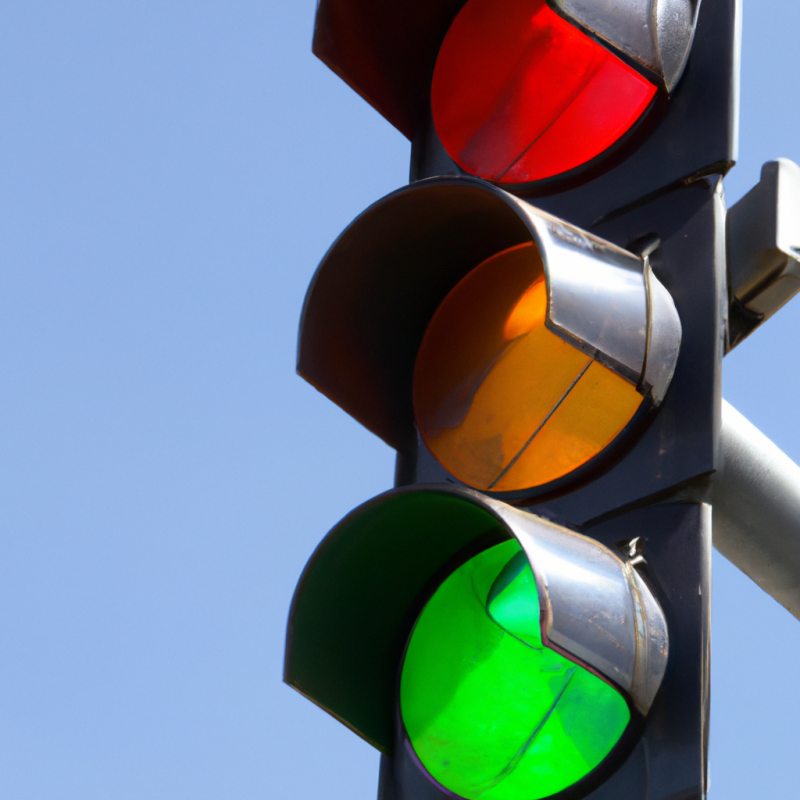Traffic lights are an essential part of road safety, bringing order and organization to complex intersections and roads. Whether located in a bustling city center or a quiet suburb, traffic lights are a ubiquitous feature of modern transportation infrastructure, playing a key role in protecting drivers, pedestrians and cyclists from injury.

An important consideration in the design and function of traffic lights is their brightness level. Brightness is an important part of traffic lights because it makes them easy to see and understand from a distance, even in bright sunlight or inclement weather conditions. Therefore, high brightness is required to ensure that traffic lights effectively provide a clear and consistent signal to all road users.
Traffic lights require high brightness for several key reasons. The first is safety. Brightness helps ensure that traffic lights are easily visible to all road users, including those who may be visually impaired or have other disabilities. This is especially important for pedestrians, who rely on traffic lights to safely navigate roads, crosswalks and other intersections. By providing high brightness, traffic lights help reduce the risk of accidents and improve overall road safety.
Additionally, high brightness is required to ensure traffic lights are visible in all weather conditions. Whether it’s bright sunshine or heavy rain, traffic lights play a vital role in guiding drivers, pedestrians and cyclists through busy intersections. Without sufficient brightness, traffic lights can become blurred or illegible, making it harder for road users to make informed decisions about their behaviour.
Another factor why traffic lights need to be bright is their visibility at night. Many types of traffic lights are equipped with specialized lighting systems to ensure that they remain clearly visible in low light conditions. These systems use high-intensity LEDs or other technologies to produce bright, highly visible light that can be seen from a distance. This helps drivers easily distinguish traffic signals even at night when visibility is limited.
Finally, high brightness is critical for traffic lights located in high traffic areas. These intersections may encounter large numbers of vehicles, pedestrians and cyclists, so clear visibility and quick understanding of traffic lights becomes critical. By providing high brightness, traffic lights help ensure that all road users understand traffic patterns and act accordingly, reducing congestion and improving overall traffic flow.
In general, there are many reasons why traffic lights need high brightness. From improving visibility and safety to ensuring signals are visible in all weather conditions, brightness is an important part of modern traffic light design. As roads and traffic patterns continue to evolve, we are likely to see continued innovation in this area as new technologies are developed to provide higher levels of brightness and visibility.
If you are interested in traffic lights, welcome to contact traffic lights manufacturer Qixiang to read more.
Post time: May-16-2023






